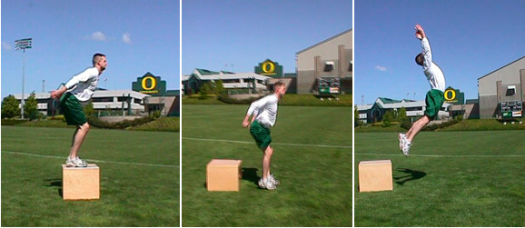Velocity based training (VBT) is an awesome tool. It can be used in an assortment of ways to better your training. However, because of its diversity, it can cause some confusion as to what methods should be used and how to use them. Below will be several examples of how to utilize different velocity based training methods in your program
Using it as a percentage of one rep max
Velocity based training can be used in conjunction with the traditional training method of using a percentage of one rep max. This is probably one of the most common way it is used. In this method, velocity is used to auto-regulate training. Instead of only assigning a percentage of one rep max, you will assign a velocity that correlates with the percentage of one rep max. This way, the athlete will focus on lifting as much weight as possible at the desired velocity. This will take into account daily fluctuations in strength, thus making it auto-regulatory.

Velocity and %1rm relationship (1)
Continue reading “Velocity Based Training Methods”


 Two window model of PAP (Image 1)
Two window model of PAP (Image 1)




You must be logged in to post a comment.